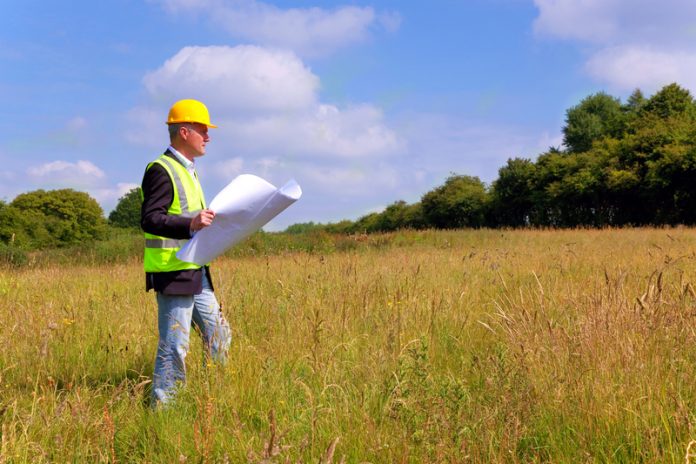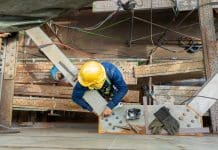Premier Guarantee’s Technical Team discuss the pros and cons of the vibro piling process
Found yourself dealing with a ‘tricky’ plot of land? Unstable ground, clay or weak soils can all generally send developers running for the hills with potential extortionate groundwork costs and costly delays on site. For those who like to take on technical challenges, talk of ground improvement techniques ensues, usually with the term ‘piling’ at the forefront.
However, we are now beginning to see vibratory techniques more commonly used on ‘difficult sites’ as a more economical and cost-effective alternative to traditional ground improvement methods.
The vibratory process is a ground improvement technique which is applied to weak natural soils and filled ground with the purpose to improve the load-bearing capacity, reduce settlement and provide an adequate bearing stratum for the building’s foundations. Whilst vibratory methods do have their advantages it is also imperative that you understand their limitations before making a decision on their use
Advantages:
An effective treatment for soft/weak soils at depths of 2m > 20m.
Optimised and localised treatment solution for differing soils.
Highly economical and often results in greater time savings.
Reduces the risk of seismically induced liquefaction.
Minimal noise and vibration.
Allows high production rates being quicker to complete than piling.
Cost-effective alternative to piling.
Disadvantages:
Vibro-compaction is only effective on granular and non-cohesive soils.
Densification generally cannot be achieved when the granular soil contains more than 12-15% silt or more than 2% clay.
A comprehensive analysis of the soil profile is needed with continuous sampling or in-situ testing.
Not suitable for sites with contaminated land if vibratory techniques use water jetting.
There are two vibratory techniques commonly used in the UK known as the ‘dry bottom feed’ and the ‘dry top feed’. Each work specifically for differing soil conditions, therefore it is important to seek the advice of a structural engineer at design stage in order to choose the most effective technique. It is also important to take into account the following when considering vibratory techniques for ground improvement:
The design should be in accordance with relevant Building Regulations and Codes of Practice.
Only two types of foundations are suitable for use with vibro ground improvement: reinforced concrete strip foundation or a raft or semi-raft foundation. Their design should be undertaken by a structural engineer and comply with the minimum requirements for areas of reinforcement as defined in BS EN 1992. For a reinforced strip foundation, this is likely to comprise top and bottom mesh fabric held in place with shear link bars.
Suspended ground floors should be provided for all dwellings where vibratory ground improvement has been carried out.
Where the treated ground comprises cohesive soils, measures must be taken to mitigate the potential effects of vegetation (ie subsidence or heave).
Have you made your decision?
If you feel using vibratory ground improvement techniques are the way forward for your project, download our nine-step checklist for vibro piling success.
Alternatively, further advice and guidance on vibratory ground improvement techniques can be found in Chapter 5.1 of the Premier Guarantee Technical Manual.
Premier Guarantee
Tel: 0800 107 8446
Twitter: @PG_Live
Please note: this is a commercial profile

















